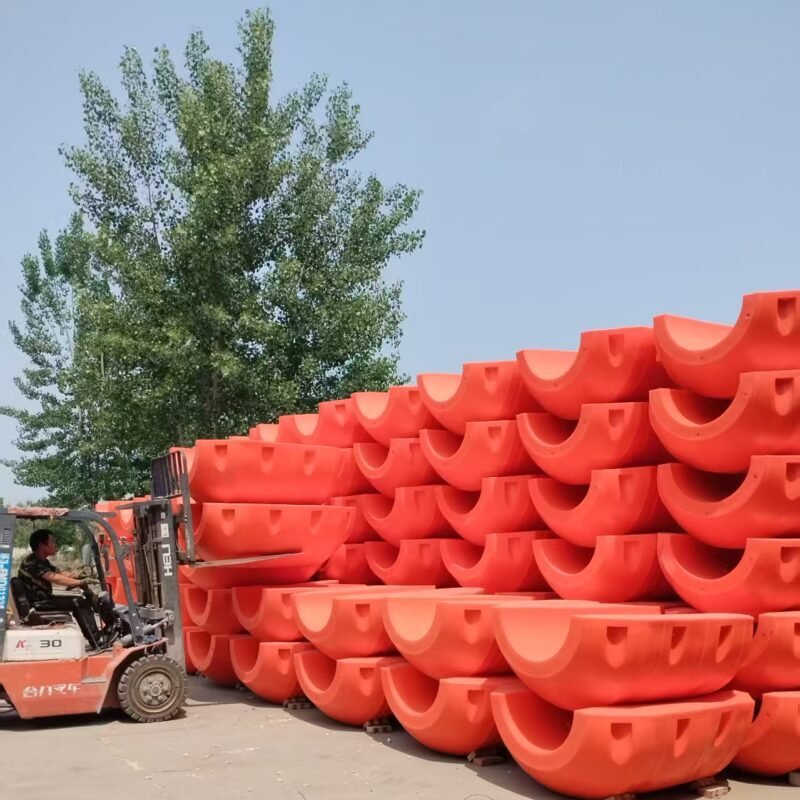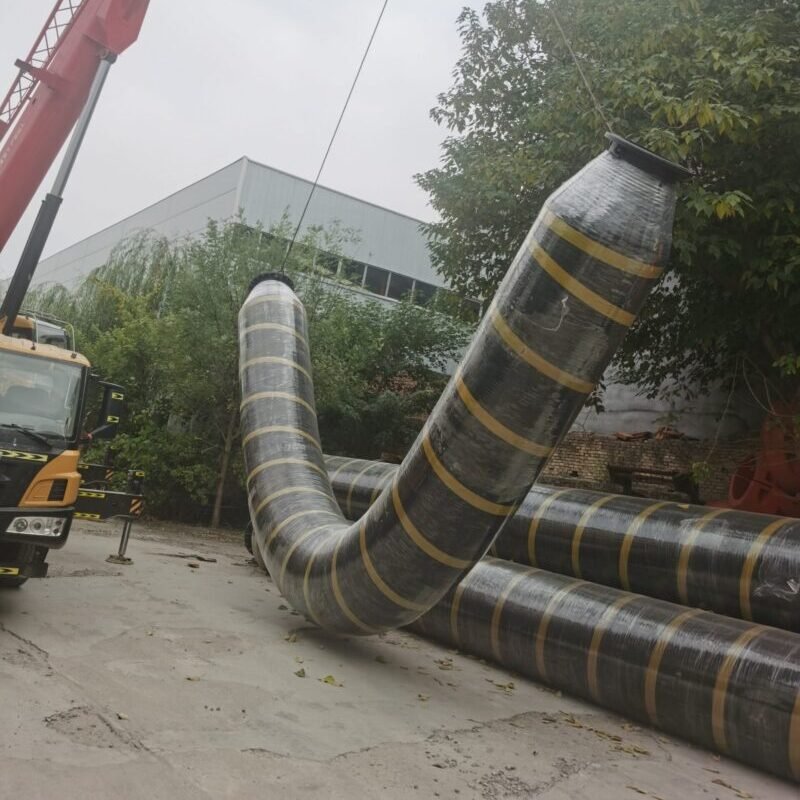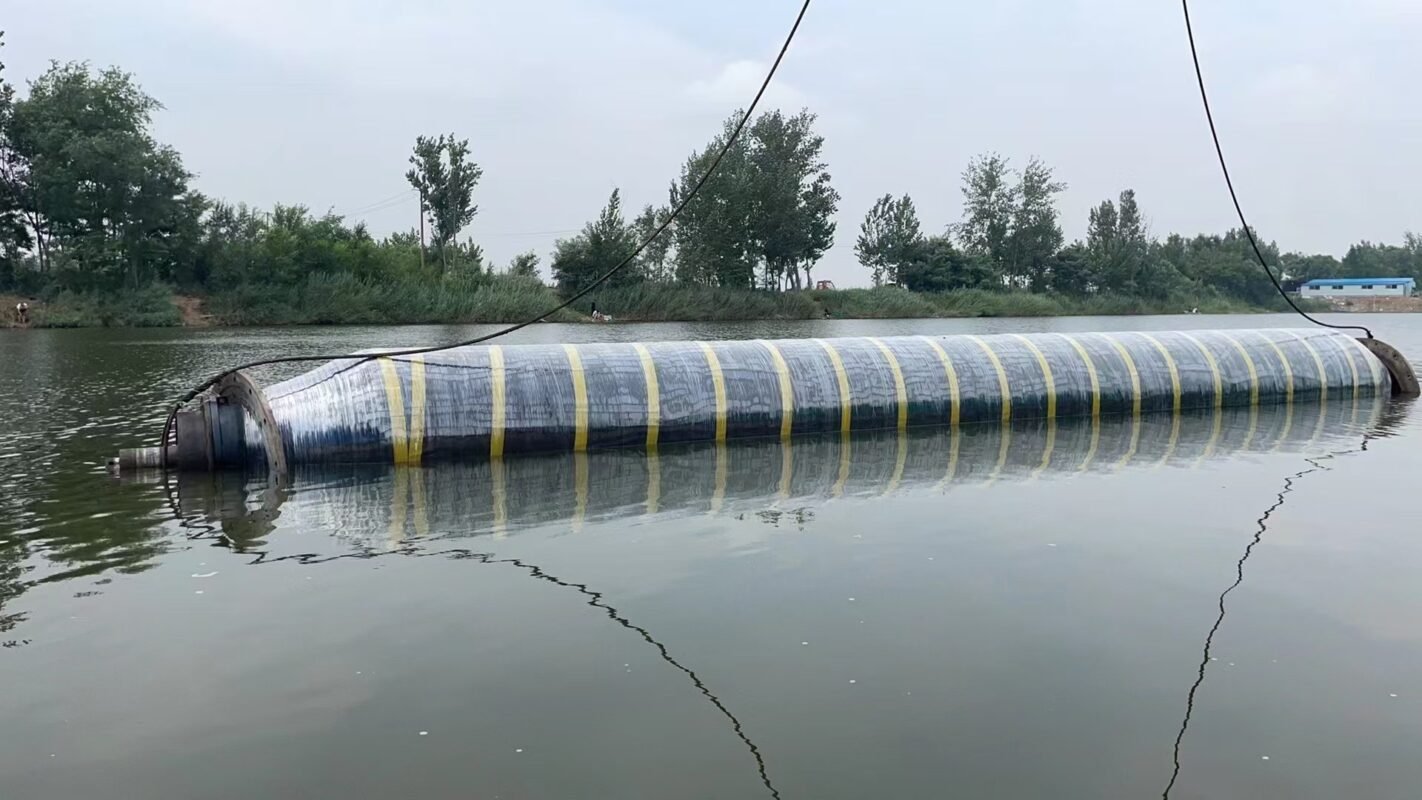How to Select Polyethylene Floater?

When selecting polyethylene floats, consider the following key factors to ensure their suitability, durability, and cost-effectiveness:
1. Material Type
• High-Density Polyethylene (HDPE)
◦ Advantages: High density, strong impact resistance, UV resistance (suitable for long-term outdoor use), chemical corrosion resistance (such as seawater, oil).
◦ Suitable Applications: Marine buoys, dock fenders, long-term floating equipment in harsh environments.
• Low-Density Polyethylene (LDPE)
◦ Advantages: Good flexibility, easy processing, lower cost.
◦ Suitable Applications: Short-term use, static water environments, or scenarios requiring high flexibility (such as temporary pontoon bridges).
2. Buoyancy Performance
• Calculate Buoyancy Needs:
The float must support its own weight plus the load weight (e.g., people, equipment). Formula:
Buoyancy ≥ Load Weight / (1 – Material Density/Water Density)
(Polyethylene density is about 0.93-0.97 g/cm³, freshwater density is 1 g/cm³, seawater is about 1.025 g/cm³).
• Safety Margin: It is recommended to design buoyancy at 1.2-1.5 times the actual requirement to account for load fluctuations or partial water ingress.
3. Structural Design
• Internal Structure:
◦ Hollow design: Lightweight but must ensure sealing (prevent water ingress).
◦ Foam filling (such as polyurethane): Enhances anti-sinking properties, maintaining buoyancy even if damaged.
• Shape Selection:
◦ Cylindrical (resistant to wind and waves), spherical (even force distribution), flat (high stability, suitable for platform applications).
• Reinforcement/Compartments: Multi-compartment design prevents total failure due to localized damage.
4. Environmental Adaptability
• UV Resistance: Choose polyethylene with added UV stabilizers, especially for marine or long-term outdoor exposure.
• Temperature Range: HDPE withstands -50°C to 60°C, LDPE withstands -40°C to 80°C, matching the usage environment temperature.
• Anti-biofouling: For seawater environments, choose surfaces that are smooth or contain anti-fouling coatings to reduce algae and shellfish attachment.
5. Load and Durability
• Static vs Dynamic Load:
◦ Static (such as pontoon bridges): Focus on compressive strength.
◦ Dynamic (such as wave zones): Requires high impact resistance and fatigue strength.
• Wear Resistance: In scenarios with frequent friction (such as mooring fenders), add thicker walls or rubber protective layers.
6. Certification and Standards
• Industry Certifications: Such as ISO 9001, CE (Europe), ABS (American Bureau of Shipping), ensuring reliable quality.
• Environmental Requirements: Non-toxic, recyclable materials, avoiding water pollution (such as drinking water areas).
7. Installation and Maintenance
• Convenience: Modular design for easy assembly (such as plug-in connections).
• Maintenance Costs: Choose designs that are easy to clean and allow for local replacement, reducing long-term expenses.
8. Supplier Evaluation
• Case Experience: Prioritize suppliers with experience in similar projects (such as fisheries, marine engineering).
• Warranty and After-Sales Service: Provide at least a 5-year warranty, guaranteeing anti-aging performance.
Example Selection Process
1. Define Requirements: Seawater buoy, load 200 kg, needs to withstand typhoons.
2. Select Material: HDPE (corrosion-resistant, UV-resistant).
3. Calculate Buoyancy: Must provide at least 240 kg buoyancy (including safety margin).
4. Structural Design: Cylindrical shape with internal compartments, wall thickness ≥ 8 mm.
5. Verify Certification: Meets ABS standards, includes UV stabilizers.
By systematically evaluating these factors, you can select high-performance, long-lasting polyethylene floats. For special requirements (such as extreme temperatures, high salinity), it is recommended to consult professional manufacturers for customized design.




